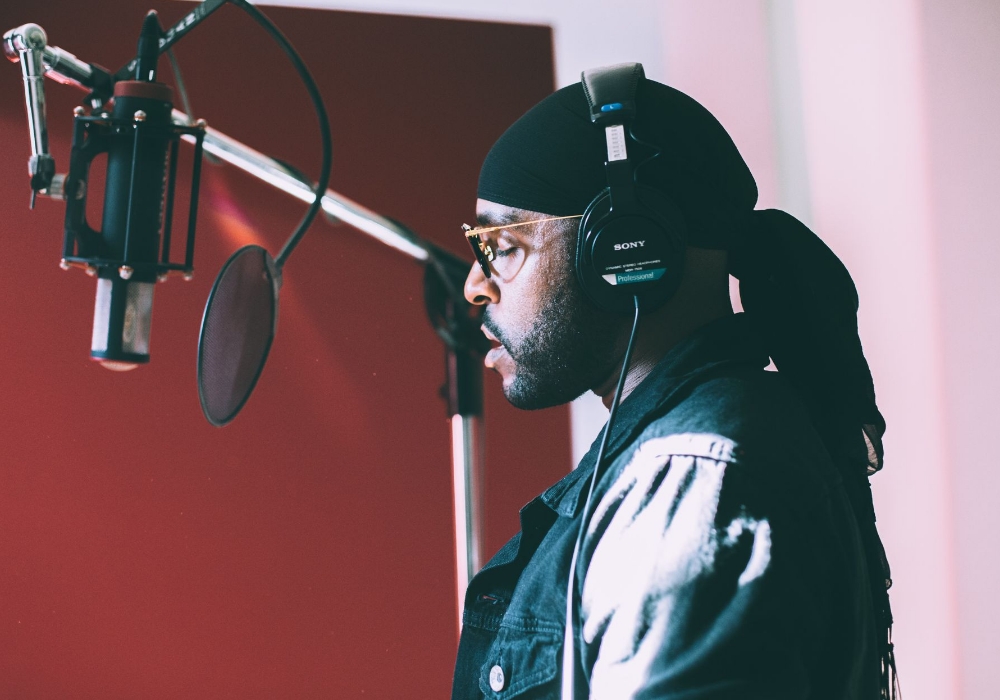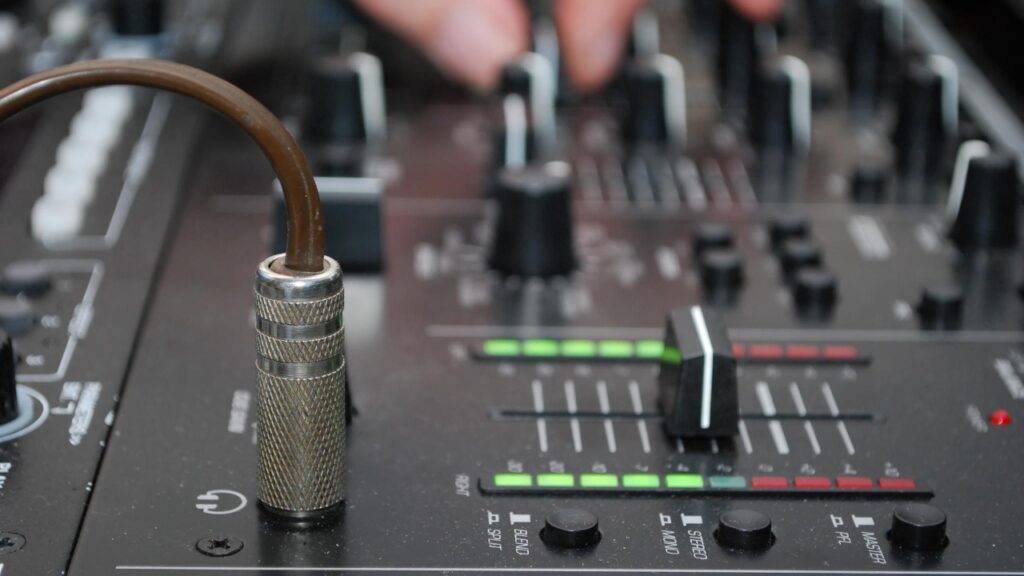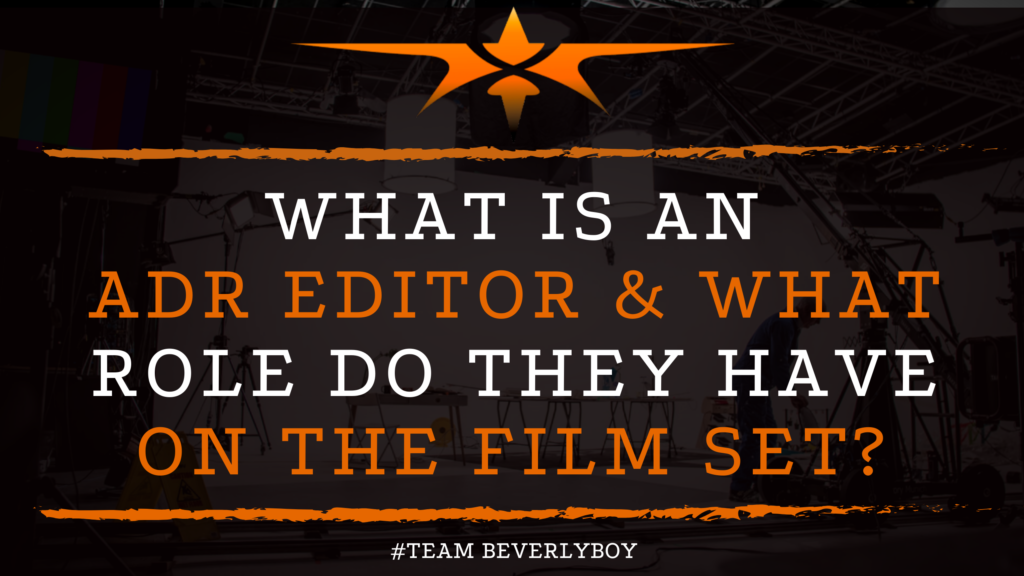What is an ADR Editor & What Role Do They Have on the Film Set?
The ADR Editor is responsible for monitoring the actors as they view footage and provide voiceover for their lines to match the original dialogue of the footage. ADR editors come into the production once the film has been shot and the tracks have been properly recorded to a digital audiotape. ADR stands for Automated Dialogue Replacement and can also sometimes be called looping.

The ADR editor will monitor the actors and other crew as they re-record their lines in order to replace audio in any portion of the footage where unwanted background noise interrupted the original audio recording.
During production, the production sound mixer and the script supervisor are required to take notes of any unwanted sounds that occur in the background of the scene. The ADR editor uses the notes that are produced by the production sound mixer or script supervisor to determine where sound must be re-created.
ADR Editor Responsibilities
The responsibilities of the ADR editor vary depending on the scope of the production. The ADR editor will supervise the actors and any other groups that are called in to recreate sounds necessary for the production edits to be made. Sometimes, they will supervise a “walla group,” which is a group of people that make conversational background noise to fill in for situations where a crowd was filmed.
As the actors watch the footage and prepare to voiceover their lines at the appropriate time, the ADR Editor will help to ensure that the dialogue matches the original recording as closely as possible.
They are also responsible for ensuring that the film tracks are sent to the re-recording mixer after the looping sessions have been completed and the director has approved of the audio capture.
A Wearer of Many Hats
The role of the ADR Editor or ADR mixer can vary slightly depending on the film scope. Sometimes the ADR mixer will correct issues with sound to ensure background noises are eliminated. Other times the ADR editor may work to smooth out any rough points in the actor’s speech that make the audio difficult to fully hear or understand.
This individual works closely with actors, actresses, and other crew members including the Director and Producer. Therefore, strong communication skills are a must.
An Understanding of the Big Picture
Additionally, ADR mixers must be able to work well under pressure as they often find themselves in positions where they work with actors or actresses that get extremely stressed out as they attempt to properly align their voiceover with the original footage of the film.
ADR editors must fully understand the script and the creative vision of the director in order to properly remind actors as to how a line should be spoken.
Capturing Clarity
In the end, it’s the ADR editor’s job to ensure that all background sound and actor/actress sounds match up and that any unnecessary background noise, such as a sneeze or the Director voicing how he wants a particular scene to lay out, has been eliminated.
A clear capture of audio that aligns with the original dialogue of the production is the responsibility of the ADR editor.
ADR Editor Skills

ADR editors must possess several skills in order to accurately oversee the reproduction of sounds associated with the script. They must have a very strong knack for working with people as they are in a room with actors for several hours a day and sometimes for weeks at a time.
The ADR Editor generally possesses a college-level degree in recording arts, audio engineering, or a similar field. They are proficient in the proper use of various audio tools including both analog and digital sound recording.
Additionally, ADR Editors must possess the following skills:
- Understanding of audio software such as digital audio software and audio recording software.
- Ability to communicate well with others.
- Ability to work well under pressure in a close-knit environment with several people.
- Understanding of the distinction between various recording dialogues and techniques.
- Ability to work with various types of microphones and equipment to capture audio such as dynamic, carbon, ribbon, and condenser mics.
- Ability to collaborate with others in a fast-paced environment.
- Ability to lead and support actors as they work to finalize looping sessions.
- Ability to replicate performances so as to deliver lines that must be revoiced by the actor as demanded by the director.


